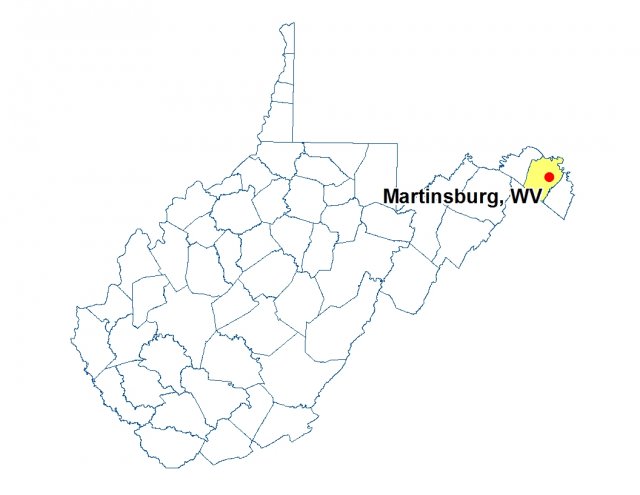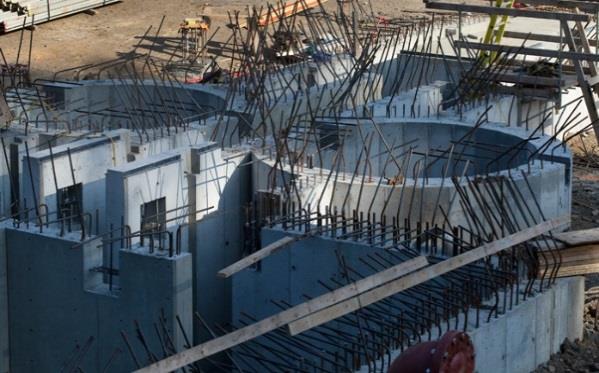Martinsburg Plant Upgrade Helps Waters Near and Far
Stories of Progress in Achieving Healthy Waters
U.S. EPA Region 3 Water Protection Division
Martinsburg, West Virginia • October 27, 2016
With key financial assistance from EPA, the City of Martinsburg, W.V., has revamped its wastewater treatment plant to achieve steep pollution reductions that will benefit local creeks and the Chesapeake Bay.
The project is the latest example of wastewater treatment upgrades that are helping the sector lead the way in meeting the Bay’s restoration goals.
EPA, through the West Virginia Department of Environmental Protection, provided nearly $30 million for the $53.3 million project in a 20-year, 1 percent low interest loan from the Clean Water State Revolving Fund.
The improvements increased the plant’s treatment capacity to a flow of 12 million gallons per day, helping to accommodate volume surges during heavy rains from the city’s older areas where stormwater and wastewater are not separated.
Martinsburg Utilities Director Steve Knipe said in a YouTube video that the system could get a flow increase from 2 million to 10 million gallons per day “in a matter of hours” during a major storm.
The upgrade to this Advanced Wastewater Treatment has led to deep drops in nitrogen and phosphorus levels in the plant’s effluent, benefitting the Tuscarora and Opequon creeks, as well as the Potomac River and the Bay. For example, Knipe said that nitrogen levels fell more than 80 percent from an average of 12,078 pounds per month early this year to 2,206 in September after the plant went online. Phosphorus dropped from an average 1,043 pounds to 290 in that same timeframe.
Knipe praised the plant’s operating staff for meeting the challenges of keeping the facility running during three years of construction.
Said EPA Regional Administrator Shawn M. Garvin, “The major pollution reductions resulting from this new plant will have a significant impact on local waters and the Chesapeake Bay. The City of Martinsburg is to be congratulated for its efforts to improve the quality of life for its residents and to help West Virginia do its share to meet the Bay pollution reduction goals.”

-
Martinsburg Plant Upgrade Helps Waters Near and Far (pdf)
(628.93 KB, 10/27/2016)
With key financial assistance from EPA, the City of Martinsburg, W.V., has revamped its wastewater treatment plant to achieve steep pollution reductions that will benefit local creeks and the Chesapeake Bay.

AT A GLANCE
-
Treatment plant upgrade completed with EPA funding.
-
Major nutrient reductions to benefit local creeks, the Potomac River and the Chesapeake Bay.
For additional information, contact:
Maggie Cunningham
Office of Infrastructure and Assistance
U.S. Environmental Protection Agency
Region 3 Water Protection Division
1650 Arch Street
Philadelphia, PA 19103
cunningham.magdalene@epa.gov
Kathy Emery
West Virginia Department of Environmental Protection
Katheryn.d.emery@wv.gov
